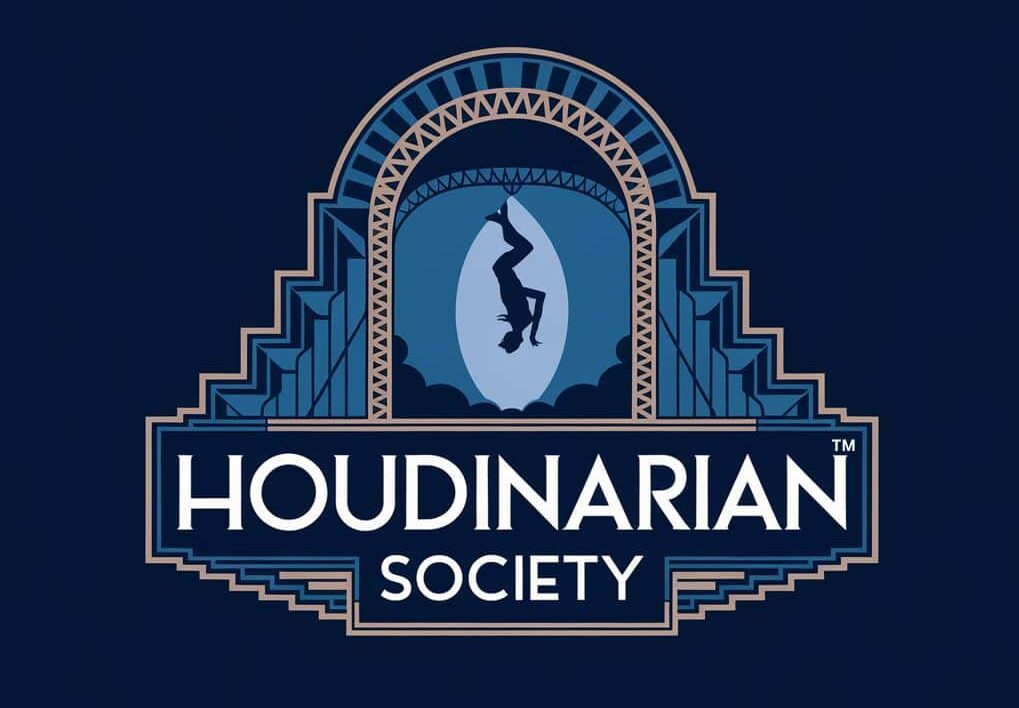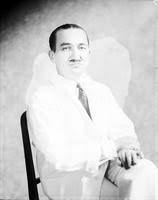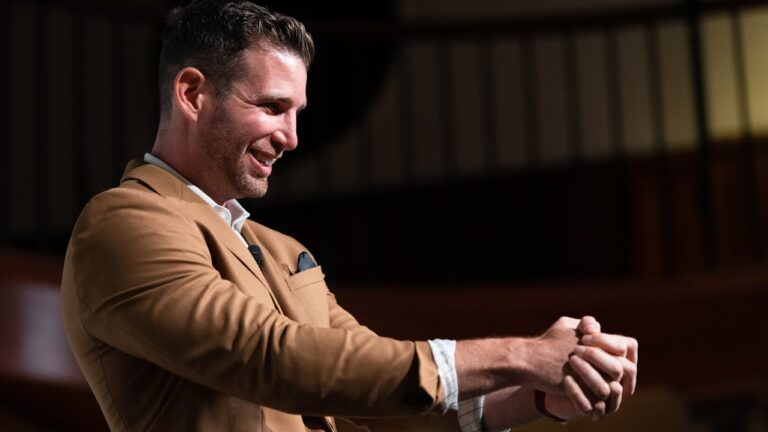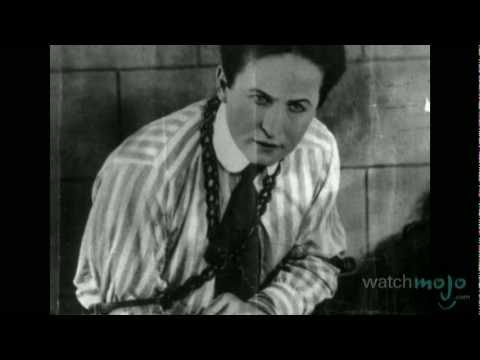The Art of Storytelling in Magic: Lessons from Houdini’s Performances
Magic comes alive through storytelling, and no one understood this better than Harry Houdini. As a master of controlling his narrative, he transformed simple escape acts into spellbinding tales of triumph over impossible odds. You can enhance your own magical performances by learning from Houdini’s genius at weaving dramatic narratives that kept audiences on the edge of their seats.
From circus performer to legendary escape artist, Houdini crafted his persona with careful attention to every detail. His performances weren’t just about the tricks – they were about creating moments of wonder that would stay with spectators long after the show ended.
Each escape became a story of survival, each illusion a chapter in an ongoing saga that captivated the public’s imagination. Even today, nearly a century after his death on Halloween in 1926, Houdini’s masterful blend of storytelling and stagecraft continues to influence modern magicians and entertainers.
The Importance Of Storytelling In Magic

Magic gains its true power through storytelling. The blend of narrative and illusion creates an experience that sticks in people’s minds far longer than mere tricks alone.
The Role Of Narrative In Enhancing Magical Performances
Controlling the narrative makes your magic more compelling. When you weave a story into your performance, you guide the audience’s attention and emotions exactly where you want them.
Your props become more than objects – they transform into meaningful elements of your tale. A simple deck of cards can represent destiny, while chains become symbols of life’s constraints.
Think about how each trick fits into your larger story. Small details matter. Your gestures, timing, and words should all support the narrative you’re building.
Psychological Impact On Audiences
Stories create emotional connections that pure technical skill cannot match. When you tell a story during your performance, you activate the parts of your audience’s brains that process both facts and feelings.
Magic strengthens bonds between people through shared experiences. Your audience remembers how they felt during the show more than the mechanics of any trick.
Your spectators become invested in the outcome when they care about the story. This investment makes the magical moment more powerful and memorable.
Historical Context: Storytelling In Traditional Magic
Magic as an art form has always relied on narrative elements. Ancient shamans used stories to give meaning to their mysterious feats.
Victorian-era magicians elevated storytelling in magic to new heights. They created elaborate narratives around their illusions, often incorporating current events and social issues.
Houdini mastered the art of combining death-defying escapes with compelling personal stories. His performances weren’t just about getting free – they were about the triumph of human will over impossible odds.
Houdini’s Approach To Storytelling

Harry Houdini mastered the art of turning magic tricks into compelling narratives that captivated audiences worldwide. His performances combined physical feats with dramatic storytelling to create unforgettable theatrical experiences.
Building Suspense And Anticipation
Houdini knew the power of making you wait. His most challenging performances often started with careful examination of the props by audience members and local officials. This validation made the upcoming feat seem more impossible.
He would spend time describing the dangers ahead. The famous water torture cell demonstrations began with detailed explanations of what could go wrong.
Each struggle, each moment of apparent difficulty added layers to the tension. You’d see him test the locks, check the chains, and take deep breaths before beginning.
Creating Emotional Connections With The Audience
Houdini made you feel personally invested in his success. He’d lock eyes with audience members, ask for their help, and make them part of the story.
His performances weren’t just shows – they were shared experiences. You weren’t watching a stranger escape; you were willing your champion to triumph.
He’d often share personal anecdotes between tricks. These moments of vulnerability helped build trust and made the audience care about his fate.
Blending Reality And Illusion
Houdini’s genius lay in mixing real physical feats with theatrical magic. His advertising posters showed genuine photographs alongside artistic embellishments.
He’d perform actual feats of strength and endurance. You could see the real chains, the authentic locks, the genuine struggle.
The line between truth and illusion became wonderfully blurry. Did you just witness a supernatural feat or an amazing display of human capability? This uncertainty made his performances magical in the truest sense.
Techniques For Building Suspense

Magic relies on careful control of tension and anticipation to create memorable moments. Skilled magicians use specific techniques to guide audience emotions and reactions throughout their performances.
Pacing And Timing In Performances
Proper timing creates powerful emotional peaks in your magic acts. You need to master the art of the strategic pause – those brief moments of stillness that let tension build.
Your movements should flow smoothly between fast and slow sequences. Quick actions grab attention, while deliberate slowness builds anticipation.
Try varying your speaking pace to match the rhythm of each effect. Speed up during technical segments, then slow down as you approach the climax.
Use Of Misdirection
Cognitive misdirection works by overwhelming your audience’s attention with strong emotional hooks. You can direct their focus away from the method while they process these feelings.
Physical misdirection requires precise body language. Your eyes, hands, and posture must work together to guide attention exactly where you want it.
Create multiple points of interest in your staging. This lets you naturally draw eyes away from sensitive areas without seeming artificial.
Crafting Cliffhangers And Surprises
Houdini mastered dramatic presentation by building layers of mystery into his effects. You can use his technique of revealing challenges gradually to heighten interest.
Break complex routines into distinct phases. Each phase should end with a minor climax that hints at more to come.
Key elements of strong surprises:
- Clear setup that creates specific expectations
- Unexpected twists that challenge those expectations
- Resolution that feels both surprising and inevitable
Use verbal callbacks to earlier moments in your act. This creates satisfying connections when the final surprise occurs.
Emotional Engagement In Houdini’s Acts
The emotional power of Houdini’s performances came from his masterful ability to create personal connections while weaving dramatic narratives that kept audiences on the edge of their seats. His acts combined storytelling with genuine human interaction to generate deep emotional investment.
Personalization And Relatability
Creating powerful emotions was central to how Houdini connected with his audiences. He often shared personal stories about his immigrant background and rise from poverty.
You could see yourself in his struggles when he described working as a necktie cutter or performing in dime museums. This relatability made his eventual triumphs feel like shared victories.
His escape acts tapped into universal fears of confinement and restraint. When you watched him break free from handcuffs or strait jackets, you felt your own liberation.
Use Of Dramatic Themes And Narratives
The illusion of real magic came alive through Houdini’s dramatic storytelling. Each escape became a life-or-death struggle against impossible odds.
He built tension methodically – first examining the restraints, then showing their genuine nature, then struggling visibly as time ticked away. Your heart would race as he faced drowning in the Water Torture Cell.
His performances touched on primal themes: freedom versus captivity, life versus death, triumph over adversity. These universal stories gave his acts deep emotional resonance.
Audience Participation And Interaction
You weren’t just watching Houdini – you became part of his act. He regularly invited skeptics to examine his restraints and even challenged local police to try containing him.
His direct eye contact and conversation made you feel personally involved in each escape. When he emerged victorious, his celebration included the whole crowd.
He mastered the art of building collective anticipation. The audience held their breath together during the critical moments, creating shared emotional experiences that bound them to his performance.
Transforming Tricks Into Theatrical Experiences
Magic’s true power lies in merging technical skill with captivating storytelling elements that transport audiences beyond mere tricks into rich emotional experiences. The fusion of narrative, stagecraft, and performance creates unforgettable moments that resonate long after the show ends.
Integrating Story Elements Into Magic Tricks
You must treat each magic effect as a complete narrative with a clear beginning, middle, and climax. Control your performance narrative by crafting compelling setups that grab attention and build anticipation.
Frame your tricks within personal anecdotes or universal themes that audiences can relate to. A simple coin vanish becomes more powerful when woven into a tale about childhood wonder or loss.
Build emotional stakes into your routines. When performing an escape, create tension by highlighting the real dangers and personal significance of the feat.
Visual And Auditory Storytelling Techniques
Transform each trick into mesmerizing art through careful attention to timing and dramatic pacing. Use music to heighten emotional moments and underscore key actions.
Your body language and facial expressions must match the story’s emotional beats. Practice conveying wonder, tension, or triumph without speaking.
Choose props and costumes that reinforce your narrative. Every visual element should contribute to the story you’re telling.
Theatrical Presentation And Stagecraft
Challenge audience perceptions of reality through dramatic lighting changes, smoke effects, and strategic use of shadows. These elements create atmosphere and direct attention.
Position your effects for maximum impact. Consider sightlines and ensure every audience member experiences key moments clearly.
Use stage movement deliberately. Each step and gesture should feel purposeful and contribute to building suspense.
Incorporate theatrical techniques like pause and pacing. A well-timed moment of silence can be as powerful as the most spectacular illusion.
Practical Storytelling Frameworks For Modern Performers
Magic performers need specific frameworks to craft narratives that enhance their illusions and connect with audiences. Successful storytelling in magic combines classical techniques with modern presentation styles.
Structuring A Magical Narrative
You must build your story around a clear three-act structure: setup, conflict, and resolution. The setup introduces your magical premise and creates anticipation.
Your middle act should present obstacles or challenges that heighten tension. This is where you can create compelling magic effects that drive your narrative forward.
The resolution needs to deliver a magical payoff that exceeds audience expectations. Think about how each moment flows into the next.
Key Story Elements:
- Clear beginning, middle, and end
- Rising action and tension
- Magical climax that satisfies
Key Elements Of A Compelling Story
Your performance needs strong characters – either yourself as the magician or characters within your narrative. Magic storytelling requires both entertainment and attention-holding power.
Use concrete details and vivid imagery to make your story memorable. Your props and movements should support the narrative, not distract from it.
Essential Components:
- Strong character development
- Clear motivations
- Engaging dialogue
- Visual elements that enhance the story
Adapting Houdini’s Techniques To Contemporary Magic
You can modernize Houdini’s showmanship by focusing on mechanics, dynamics, and aesthetics in your performances. His techniques of building suspense still work today.
Create personal connections with your audience through eye contact and direct interaction. Use modern technology thoughtfully to enhance traditional effects.
Updated Houdini Methods:
- Social media promotion
- Video elements
- Interactive audience participation
- Contemporary themes in classic effects
Houdini’s Legacy And Influence On Modern Magic
Harry Houdini created techniques and performance elements that shaped magic into what you see today. His mastery of showmanship and innovation transformed magic from simple tricks into dramatic theatrical experiences.
Evolution Of Storytelling In Magic Post-Houdini
Houdini proved that magic needs more than technical skill. It also needs drama and personality. You can see his influence in how modern magicians control their narrative and create compelling storylines.
Magic shows now blend theatrical elements with illusions. Each trick builds tension and excitement, just as Houdini did with his escapes.
Modern performers use social media and television to create mystique, following Houdini’s pioneering use of publicity and newspapers.
Influential Magicians Inspired By Houdini
David Copperfield embraced Houdini’s flair for grand illusions, creating spectacular escapes from buildings and monuments.
Penn & Teller follow Houdini’s tradition of exposing fraudulent psychics while preserving real magic’s wonder.
Criss Angel’s street magic and death-defying stunts draw directly from Houdini’s ability to capture public attention.
Lasting Impact On Magical Entertainment
Magic shows incorporate physical endurance and danger. They were inspired by Houdini’s underwater escapes and strait jacket performances.
Television magic specials use Houdini’s technique of building suspense. They do this through multiple camera angles and dramatic music.
Magic has expanded beyond stage shows into influential art and museum exhibitions. These exhibitions show how Houdini elevated the craft into a respected art form.
Magicians today still study Houdini’s marketing strategies. They use social proof and media coverage to build their reputations.
Contents
- 1 The Importance Of Storytelling In Magic
- 2 Houdini’s Approach To Storytelling
- 3 Techniques For Building Suspense
- 4 Emotional Engagement In Houdini’s Acts
- 5 Transforming Tricks Into Theatrical Experiences
- 6 Practical Storytelling Frameworks For Modern Performers
- 7 Houdini’s Legacy And Influence On Modern Magic






